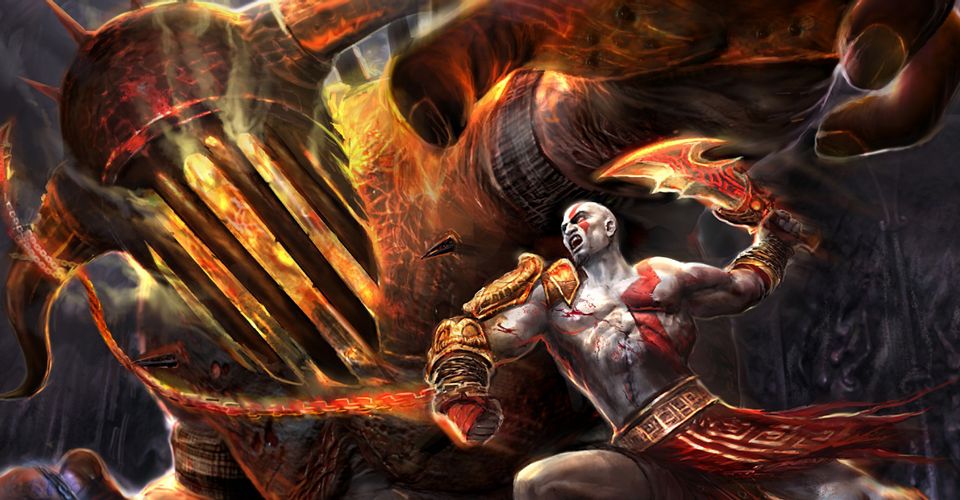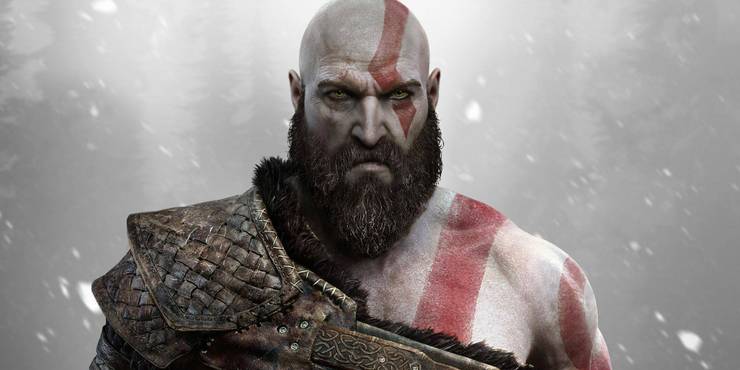One God of War Trope GOW: Ragnarok Should Definitely Ignore

Kratos has a nasty habit of dying in God of War. Not from players losing a fight, but canonically dying in the games’ narrative. In fact, he dies in all three God of War games from the original trilogy. First Kratos was killed by Ares, and had to fight his way out of the Underworld. In God of War II, it’s Zeus that sends Kratos to Hades this time, and Gaia helps him escape. Near the beginning of God of War III, Kratos takes a godly tumble off of Gaia and winds up in the river Styx, needing the help of Athena’s spirit to continue his raging revenge against the gods.
Kratos shouldn’t die in God of War: Ragnarok (or whatever the upcoming, untitled God of War game ends up being called). For the first three games it could be considered a death motif, a recurring narrative device meant to unify the trilogy. At this point, sending Kratos to the Norse underworld would be bordering on bad trope territory. If the complete shift in 2018’s God of War toward Norse and away from Greek mythology is any indication of Santa Monica Studio’s writing capabilities, the upcoming game shouldn’t have to rely on the tired narrative beat of killing Kratos for the fourth time.
Additionally, sending Kratos to the Underworld in the new Norse setting might not be as black-and-white as it was in the original trilogy. It might prove difficult to parse the different Norse afterlives narratively. Besides, Hades gave gamers their fill of afterlife hack-and-slashing this past year.
Killing Kratos in GoW Ragnarok Might be a Bit Complicated

For the most part, Greek mythology has a unified vision of the Underworld. Hades, named after the patron god who presides over the souls of the dead, is an all-encompassing realm for the various levels of the afterlife. It’s easy to send a character to Hades, since that’s where Tartarus, Elysium, Asphodel, and all the other areas of the Underworld are. There is one unified vision of the afterlife, and therefore a certain place that Kratos had to escape from. The Norse connotation of the afterlife is a bit more varied and mysterious.
According to ancient Norse mythology, and the Ancient History Encyclopedia, there was a number of places that the deceased might go in the afterlife. The most famous, Valhalla, was usually depicted as being in the heavens. Freyja ruled over Fólkvangr, a field where the soldiers fallen in battle would go if they were not chosen by Odin to be taken to Valhalla. Hel, or Helheim, is situated underground and named after its patron god just like Hades. Kratos actually already visited Helheim in God of War. Those who died at sea might reside under the waves with the giantess Rán.
Kratos dying a warrior’s death would most likely end with him in Valhalla (if chosen by Odin) or Fólkvangr, but his spirit might just reside within his burial mound – another Norse belief. Aside from the fact that killing Kratos and having him fight his way out of the Underworld has become tired, God of War: Ragnarok might be better off avoiding the subject entirely because of the complexity with which the Norse approached the concept of an afterlife.
Source: Ancient History Encyclopedia
About The Author
















